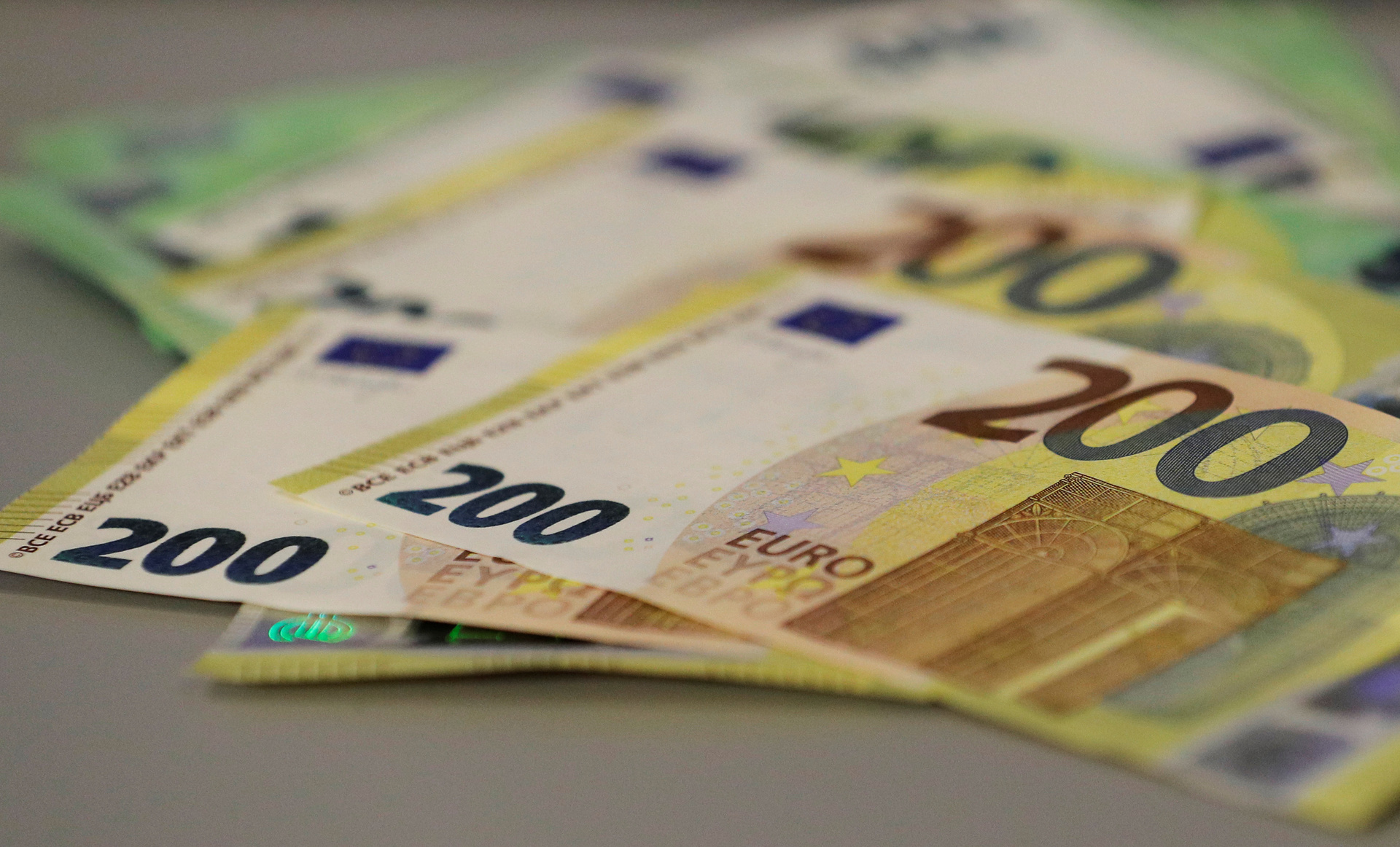From April to June 2020, the GDP of the EU countries decreased by 14.1% at once compared to the same period in 2019. At the same time, in the euro circulation zone, which includes 19 countries, the indicator decreased by 15% in annual terms. This was announced on Friday, July 14, by the European statistical agency Eurostat.
"The fall in indicators has become the strongest since the beginning of statistics in 1995," the organization points out.
Note that the EU economy has been contracting for the third quarter in a row. In the 6th quarter of 2019, GDP showed zero growth, and in the 1st quarter of 2020 it decreased by 3.2%. Thus, a recession has officially begun in the EU countries, Yuri Kvashnin, director of the Center for European Studies at IMEMO RAS, said in a conversation with RT. According to him, the key reason for the sharp drop in the indicator was the self-isolation regime introduced in the spring against the backdrop of the rapid spread of the coronavirus infection COVID-19 in the region.
“Against the background of the quarantine measures, entire sectors of the European economy actually stopped. People did not go to work, production facilities, service enterprises stood idle, and business activity slowed down at a record pace. In the second half of May, the EU authorities began to carefully restart some key industrial sectors, but most EU members still suffered serious losses due to the forced downtime, ”the expert noted.
According to Eurostat statistics, the countries of southern Europe are in the most difficult position. Thus, Spain's GDP dropped by more than 22% in annual terms, and in France - by 19%. In Italy, the figure decreased by 17.3% compared to the same period in 2019.
“It was in these states that the largest number of people infected with coronavirus was recorded, which forced the authorities to maintain a regime of self-isolation for a long time. Moreover, in Spain and Italy, the situation was exacerbated by high unemployment rates, which ultimately negatively affected economic indicators for the second quarter of 2020. Also, the volume of GDP in Belgium and Hungary fell noticeably, where manufacturers turned out to be dependent on cross-border trade and tourism, "said Pyotr Pushkaryov, chief analyst of the Teletrade information and analytical center, to RT.
To support the economy, the EU authorities have already agreed on a number of measures. Recall that on July 21, after protracted negotiations, the heads of state of the union reached an agreement on a total budget for 2021-2027 in the amount of € 1.074 trillion. Moreover, within the framework of the agreement, the parties decided to create an anti-crisis fund in the amount of € 750 billion. These funds will go to subsidies to businesses, the payment of unemployment benefits and the restoration of enterprises most affected by the pandemic, Ivan Kapustiansky, a leading analyst at Forex Optimum, recalled in an interview with RT. ...
“In general, the rate of decline in EU GDP is comparable to the rate of contraction of the US economy, which also suffered from quarantine restrictions. At the same time, the European economy can demonstrate an accelerated recovery due to unprecedented cash injections and the launch of a quantitative easing program, which is designed to compensate for losses from a decrease in the income of entrepreneurs and consumers, ”the expert noted.
Debt burden
According to the forecast of the European Commission, by the end of 2020, the EU economy will contract by 8.3%. At the same time, the organization's specialists expect that already in 2021 the region's GDP will show compensating growth of 5.8%.
As the head of the laboratory at the Institute of Applied Economic Research of the RANEPA Alexander Abramov told RT, at the moment business activity in the region has already begun to recover faster than expected due to the positive dynamics of retail sales. At the same time, pumping money into the economy increases the pressure on the union's budget, the analyst said.
- Reuters
- © Heinz-Peter Bader
According to the International Monetary Fund (IMF), by the end of this year, the deficit of the European treasury may grow more than 12 times and reach 7.5% of GDP. The value is in danger of becoming the highest since 1995. According to the specialists of the organization, Spain (9.5% of GDP) France (9.2% of GDP) and Italy (8.3% of GDP) may face the most serious deficit. At the same time, in the region's largest economy, Germany, budget expenditures may exceed revenues by an amount equivalent to 5.5% of GDP.
“This state of affairs forces countries to pursue a policy of borrowing in international financial markets, which leads to an increase in public debt. According to preliminary estimates, by the end of the year the indicator risks growing by 15% -20%. At the same time, a high level of debt in most cases slows down economic growth, and also leads to an increase in the tax burden on companies, ”the expert explained.
According to the American Institute of International Finance (IIF), at the end of 2019, the volume of the European Union's public debt reached 101.8% of GDP. Further growth of the indicator is fraught with the formation of a bubble in the stock market for the EU countries, which can burst at any moment. This opinion was expressed in an interview with RT by the analyst of the Finam Group, Alexey Korenev.
“Then the financial crisis will be added to the general economic tension. Foreign investors will start leaving these markets, and the authorities will be forced to borrow money from local players or from world credit institutions at a high interest rate. As a result, the initial purpose of the infusions, which consisted in the desire to accelerate the economy and correct the budget, could cause the crisis to deepen, "Korenev concluded.

